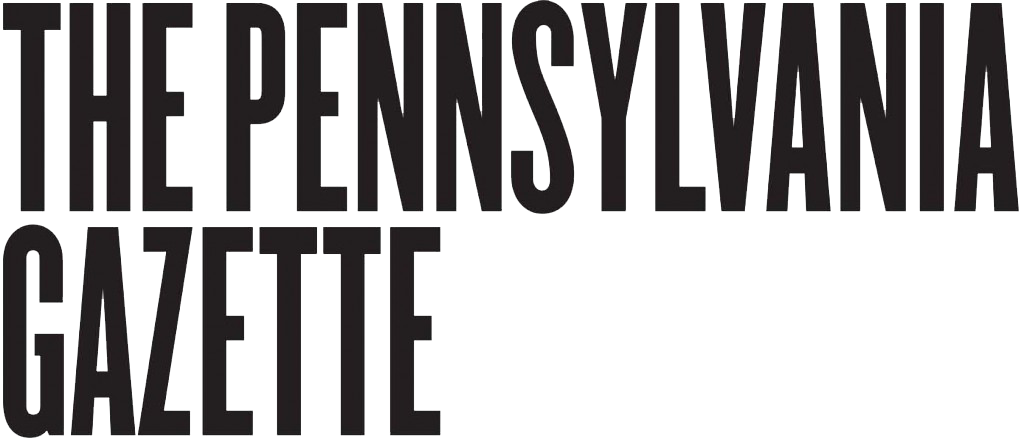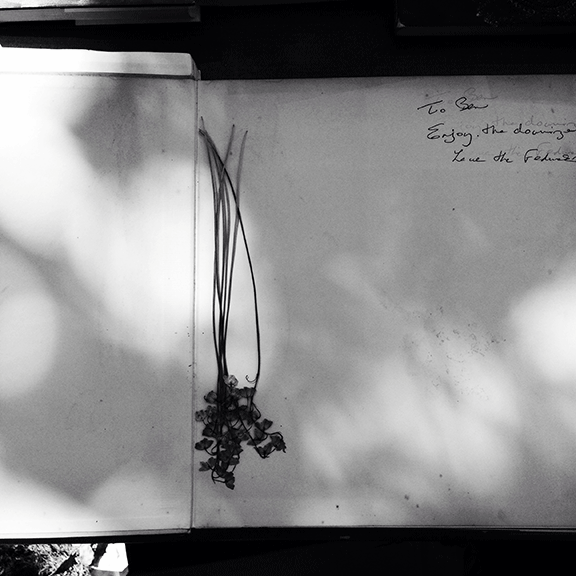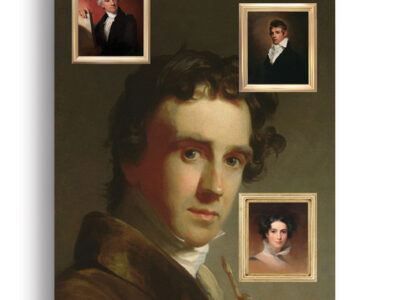
Once upon a time, four Penn alumni got together to develop an app to share some of the finest short fiction being written today, with examples of the best older stuff sprinkled in, too. They called it Storyville, and released it through a company called Fatty Apps that they started. It launched on Apple’s App Store back in December, receiving positive notices in places like Poets & Writers magazine, which predicted it would “provide a vibrant picture of the scope and diversity of American writing” and The Los Angeles Times, which selected the app as one of its Top 5 Literary Treats for 2010.
A six-month subscription to Storyville (www.storyvilleapp.com) costs $4.99. For that, you get a story a week delivered every Tuesday, drawn from published collections by up-and-coming writers and more established names, including National Book Award Finalist Charles Baxter, O’Henry Prize winner Anthony Doerr, and Kurt Vonnegut (a previously unpublished story from his forthcoming posthumous collection). They’ve worked with publishers ranging from corporate giants Random House and HarperCollins to independents like Graywolf and Coffee House Press.
Fatty Apps and Storyville are the brainchildren of Paul Vidich WG’81, a media executive and fiction-writer; former book-editor Brendan Cahill C’96 WG’08; and software developers Scott Levine EAS’98 and Atul Sood EAS’98. After sampling Storyville’s wares, Gazette editor John Prendergast sent the team some questions by email, which they divvied up for answering.
How did you wind up collaborating?
Scott: Right after the App Store launched, Atul, Brendan, and I started talking about what we could do with a small budget and a few simple ideas—the power of the app is that you can create compelling experiences faster than ever before. Atul and I had met in Austin through mutual Penn friends and worked together; Brendan and Atul knew each other from school; and Paul and I were some of the early leaders in the online video space at AOL. And we all have a passion for using new mediums to build businesses. We’re all friends, and we see each other often—as a matter of fact, the first ideas came out of us playing darts at a bar.
Atul: Our initial efforts were far more “hobby” than “business,” as you might guess from the name Fatty Apps, which is, well, a reference to a childhood nickname. Scott was initially responsible for product development, Brendan for business set-up and operations, and I did a lot of the work to arrange and manage our technology team. Although our initial plan had been to churn out multiple high-quality, low-cost applications, we decided to refocus on the literary space when Paul joined the team, and as we recognized the difficulty of differentiating ourselves in an increasingly crowded space.
How did the idea for Storyville develop?
Paul: I developed a deep interest in short fiction after I returned to graduate school for an MFA (to add to my Wharton MBA). In addition, at Time Warner I was responsible for shaping the transition of the music industry from CD delivery to digital downloads. These two came together, and I saw a way to use mobile devices to distribute short stories. I knew that hundreds of wonderful story collections were published each year, but few sold well. Declining magazine sales make it difficult to find outlets that promote the collections. Only The New Yorker publishes weekly stories now. And yet, our research showed there are 5-to-7 million active readers of short fiction. We saw the opportunity to conveniently connect stories with fans via the mobile devices they carry in their pockets.
How many people have signed up, and what do you expect the audience to be eventually?
Paul: We’re budgeted to reach 1,500-2,000 subscribers by the end of this year. We’re on target to reach that. Most literary magazines never get beyond 2,000 subscribers, but we think we have the potential to reach 7,500-15,000 subscribers, maybe more. We have only done social marketing (at no cost) in our Facebook and Twitter communities. We’re going to start more conventional email direct marketing shortly.
Atul: We’re actually still very much at the stage where we’re the ones who respond to our subscribers’ email queries and handle other tactical issues between the four of us. Which reminds me, if you’re [a Penn student] reading this and seeking an interesting summer internship, drop us a line!
How do you pick the stories that get run?
Brendan: Before returning to Penn to get my MBA, I was a book editor for 10 years at houses including Grove/Atlantic and Penguin, both of which publish great literary fiction, including the kind of short-story writers we draw from at Storyville. I’d edited and published story collections myself, and knew that there were always some previously unpublished stories that appear in each collection even by major writers. So the first step was getting in touch with friends and rights directors I knew at places like Random House and HarperCollins. Paul followed up to introduce them to our plans for Storyville, as well as reaching out to independent publishers like Coffee House Press and Graywolf.
Paul: Stories are suggested to us by editors, agents, our publicist (Lauren Cerand), our editorial advisors (the writers Alexander Chee and Tayari Jones), and by authors themselves. I do most of the selecting, but the job is made easier because we choose from books in the market that have already gone through a rigorous selection and editorial process.
What are your arrangements with the publishers you work with?
Paul: We acquire non-exclusive, second serial rights and pay a flat fee for electronic rights for the iPad, iPhone, and the Kindle.
Do you plan to expand the model into other forms—poetry, novels, etc.?
Paul: Storyville is our first effort to use the mobile medium to connect readers and authors. We have plans in several areas, including young-adult fiction, nonfiction essay writing, and potentially genre fiction. We have a mobile distribution platform and a strong brand in literary fiction.
How has the environment for digital consumption of media—music, video, non-fiction, fiction, etc.—progressed and where it is headed? And how does Storyville fit into that?
Paul: Music, books, and videos have been unlocked from bundled presentations that were largely arbitrary. Single songs were bundled on CD discs because there was space available to be filled; movies (and TV) were provided in linear form on networks because that was how analog cable operated; and print/text was placed on paper because publishing had not developed alternative convenient ways to read anywhere, anytime. Unbundling, time-shifting, and place-shifting provide consumers greater convenience and greater choice. Storyville is one instance of unbundled content providing consumers a better way to sample literature, and promote the author’s collection.
Storyville brings together our passions for literature and technology. This is a business that was born from friendships that began at Penn, and it demonstrates how technology and art converge—just as they did for Gutenberg, but with a modern twist. Our readers promote us to their friends on Twitter and Facebook. The story is in every reader’s pocket waiting for the moment—in a taxi, on a plane, in a queue—when he or she has the time to be taken to a magical, imaginary world.




